In a world where people buy with their eyes – whether that is in person or in an electronic market place – it’s vital that your commercial images work hard to sell your product. However, the best photographs often come at a cost and for a new product line or a start-up business, the price of product photography can be a hidden and daunting one.
What if I have a small budget?
Starting out on your journey as a product photographer doesn’t have to cost the earth, though. It is possible to get all the equipment you need for a product photography set-up without breaking the bank. What’s more, there’s no reason why you can’t produce the highest quality photographs on a small budget.
The key to success is to be as creative in the planning of your photoshoot as you are in the execution. A few tricks along the way can make the biggest difference. We’ve collated some insider-information to help you on your journey…
Which camera for product photography?
Regardless of budget, a good camera should be achievable for anyone who needs one. For those who are looking to invest in a professional level piece of equipment, award-winning Exeter-based photographer Spencer Cobby champions the Nikon D850 dSLR for its sharpness and built-in stabilization.
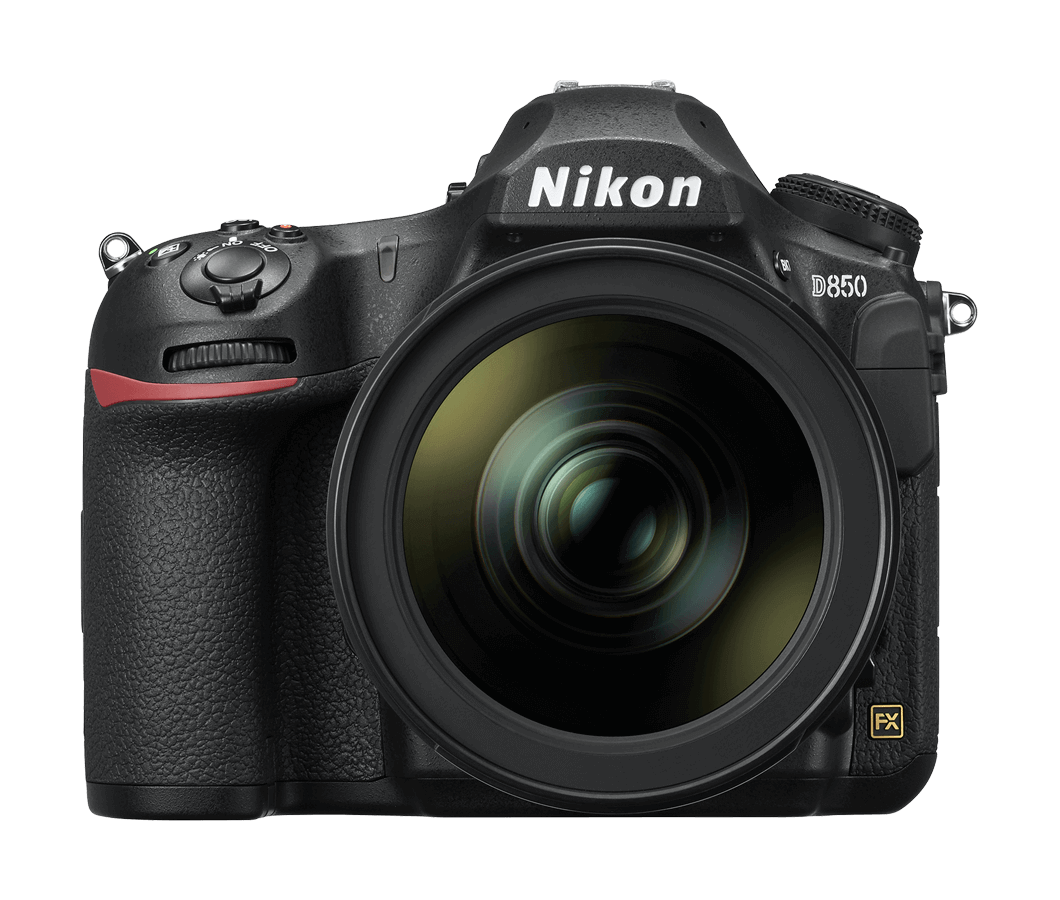
There are, of course, other options and the important thing is to work out what’s best for you. For more information on how to find the best camera for product photography, all the details you need are here.
What about smartphone cameras?
For those who don’t have the necessary budget or desire to invest in a more expensive camera, there are some excellent options available. Smart phones take clean, stylish photographs and are not to be underestimated when it comes to their quality. The two smartphone cameras vying for first position are the Google Pixel 3 and the Huawei P30 Pro.
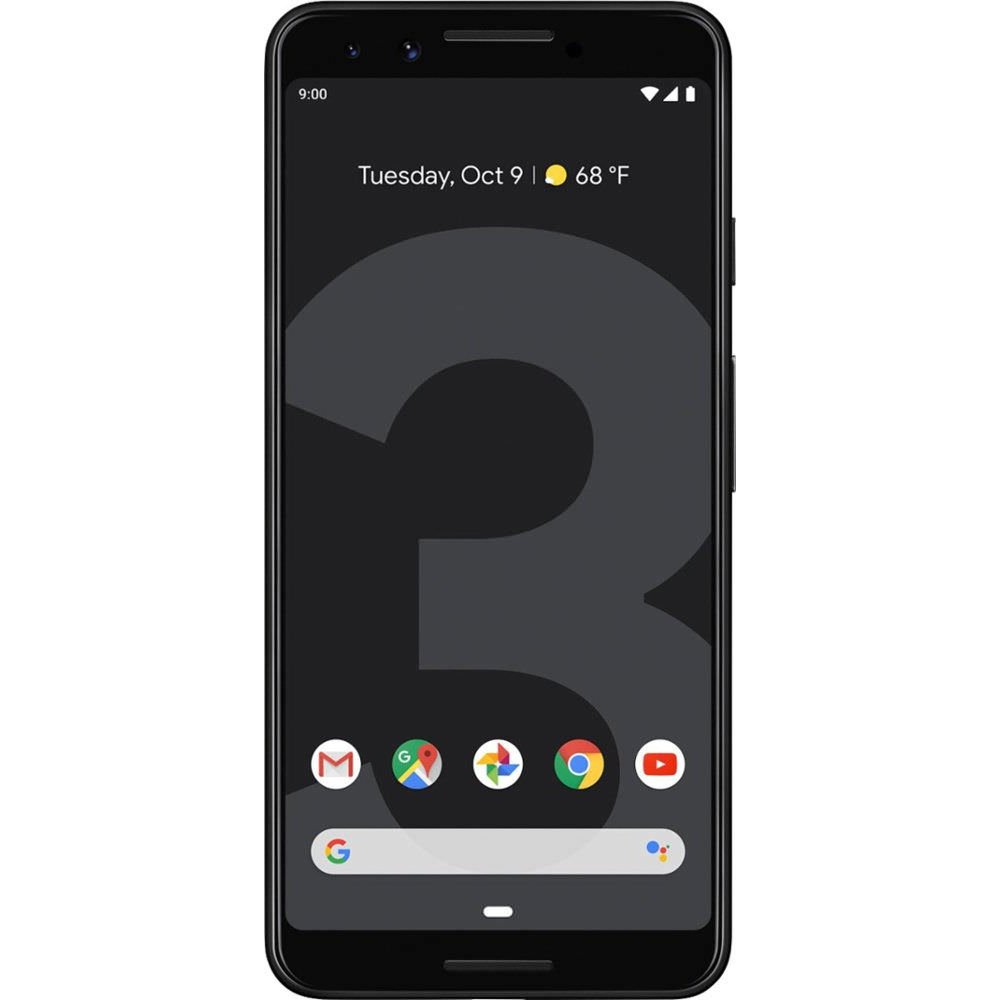
Hire or borrow
Alternatively, why not see if you can hire a camera for your DIY product photography shoot? Either from an online source, or by collaborating with another small business. Someone you know might be willing to lend you the camera you need. Or why not pool your resources? A skill exchange is a great option for creatives. If you can offer a service to another business, you might be able to capitalise on one of theirs and in turn, save yourself a lot of hassle and money.
Get steady – get a tripod
As is the case with any type of photography, consistency is a key component of a quality photograph. Stabilisation tools, therefore, are vital and the obvious solution is a tripod.
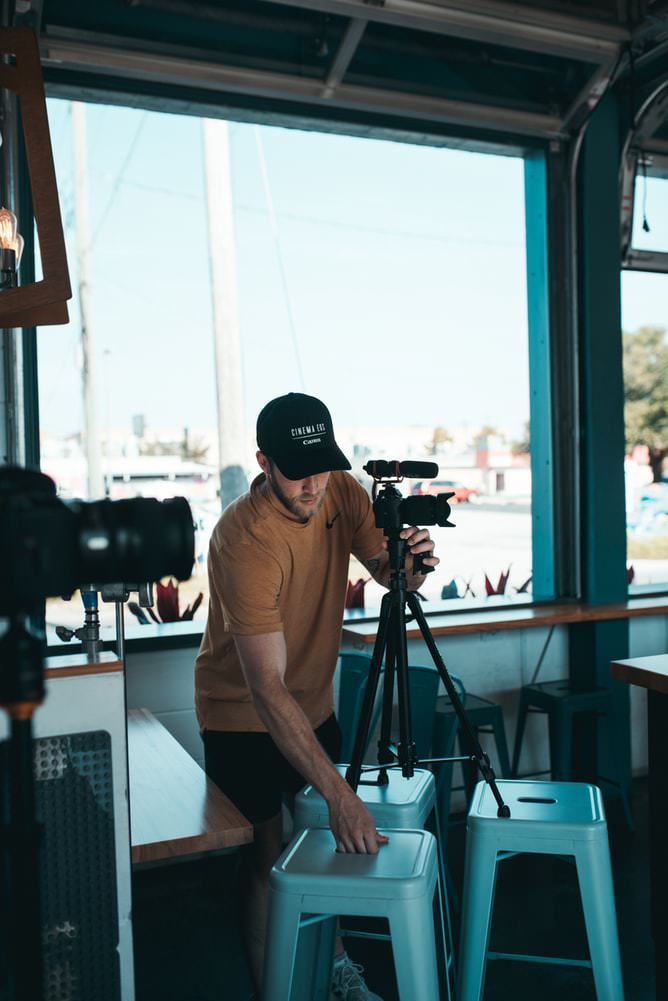
However, if your DIY photoshoot is low cost and you don’t have a tripod to hand, there are other ways to achieve the steady, smooth look. Shopping trollies and book shelves are just two optional hacks that have been suggested online. Ultimately, the idea is to achieve the same quality in each photograph you take.
Lighting options
Natural light
Your product photography needs to be clear and bright in order to be as attractive and as effective as possible. Consider natural light first – ensure you have access to a large window. Firstly, it’s free but secondly, it can achieve beautiful, delicate results. Using it to your advantage means you can stay away from the extra cost of professional lighting. Planning, however, is essential in order to make the best use of the natural light before you lose it.
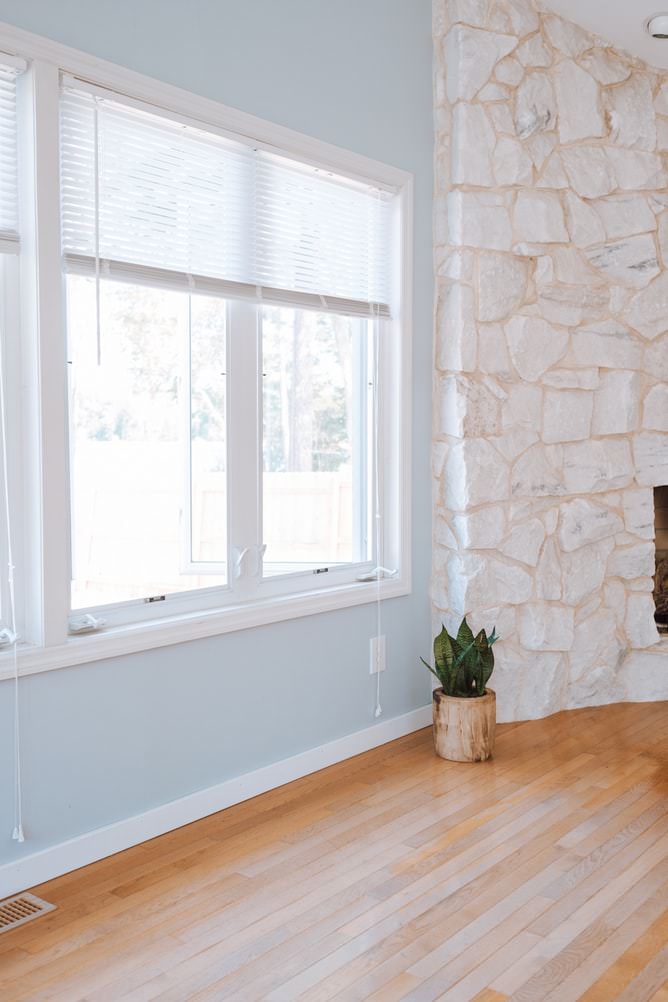
Fill light and backdrops
As with any DIY projects, a willingness to experiment is key. Getting crafty and creative offers an alternative way of achieving the goals you have in mind but on a smaller budget.
If your shoot demands extra lighting, why not experiment with home-made alternatives? Crisp, clean backdrops are essential for product shoots. If you’re not in a professional photography studio for your work, then a roll of white paper is a simple and cheap alternative.
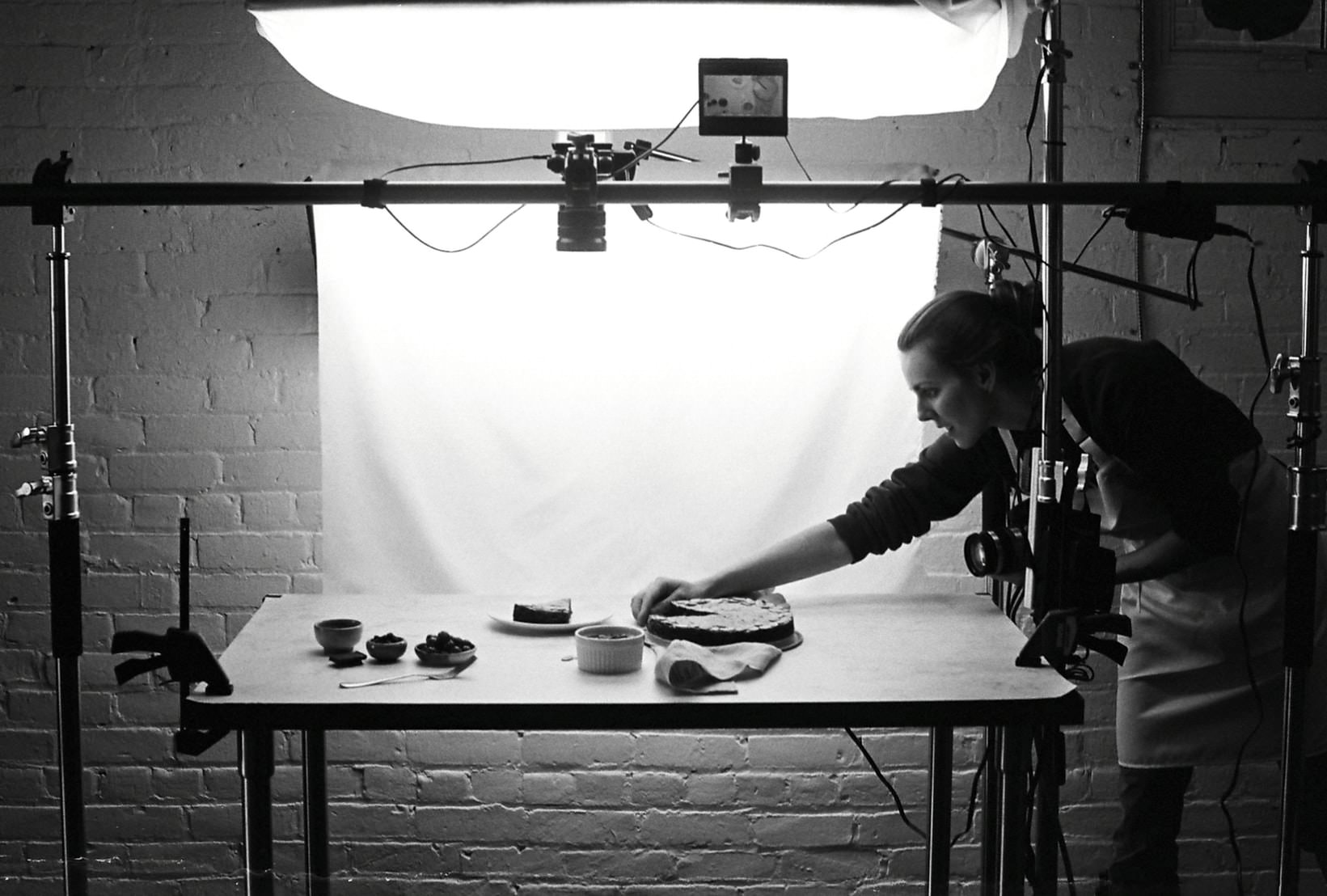
White paper or white sheeting is regularly cited as life-saving additions for product photographers. Make sure you have a table for the paper or sheet to ‘sweep’ over and some clamps or tape to secure it still.
Some photography blogs provide guides on how to build a set on a budget. If you still feel like you need professional lights, why not see if you can borrow or rent some?
Editing software
Image editing is vitally important for product photography. It helps enhance and improve the image in line with e-commerce standards. Editing can be used to remove imperfections like dust specks and scratches. It can adjust the geometry of the photograph using cropping or rotating. The brightness, colour and contrast of an image can also be altered, to present the product in the best way possible.
Editing software, while essential, isn’t always accessible to everyone. If you’re looking to invest in a subscription to an editing software package, many companies offer free trial periods beforehand. Making the most of what’s available for free before you buy is a great way of guaranteeing that you spend money on a product that will add value to your business.
Alternatively, experimenting with free apps on your smartphone is a great way of achieving creative and cheap results. Among the best rated online are VSCO, Snapseed and Adobe Photoshop Express.
If you’re looking for more advice on how to get started with product photography, take a look at this article. Or if you’d like a free consultation, please do get in touch, to find out what services we could offer you.
